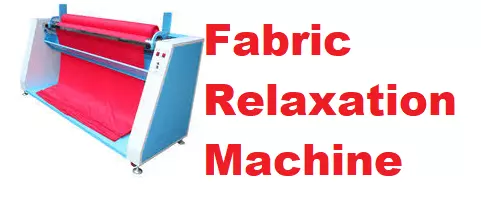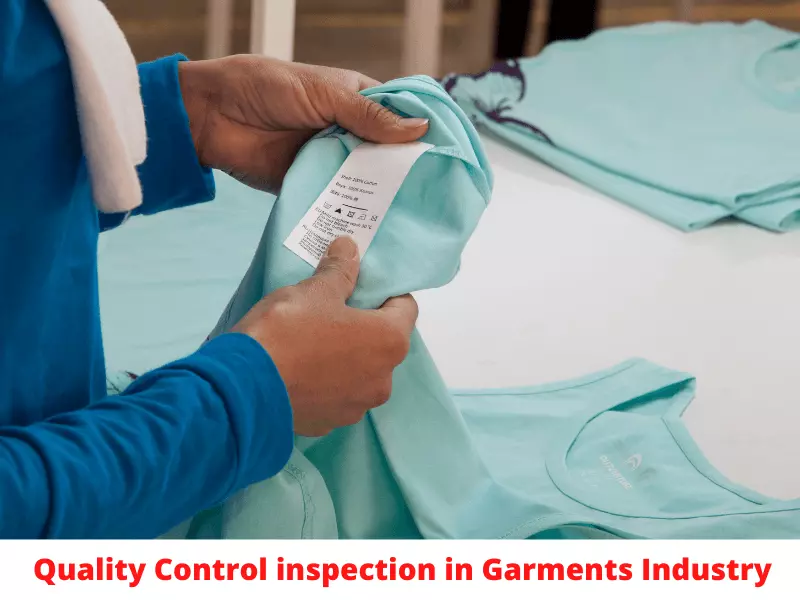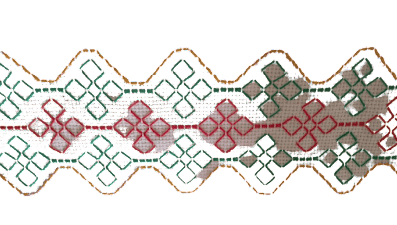“Fabric Relaxation”, many people have requested to write something about Fabric Relaxation. Fabric Relaxation procedure ensures that stretch (spandex blend) fabrics or the fabric where required relaxation is relaxed as per the requirement prior to the cutting process. Fabric relaxation is one of the points of cutting quality control. Relaxation is very important to get the shape of the fabric, the measurement of the fabric depends on the correct behavior of the fabric. Fabric relaxation help to keep fabric shape and measurement the same after cutting. This content is all about fabric Relaxation SOP in Garments Industry. As SOP is the guidance for a standard, this fabric relaxation SOP will help us.
The fabric Quality and Cutting Team are responsible for doing fabric relaxation procedures under Fabric/Cutting Quality team supervision in the garments industry. Fabric Quality Team to study the fabrics and do the below experiments to identify whether the fabrics rolls are relaxed or not. After receiving the fabric from the warehouse, the rolls should be removed. First, unroll the fabric and then clothes should be placed on the Relaxation Rack within a certain period of time. The relaxation date and time must be recorded. Generally, fabric relaxation is 12 hours to 48 hours and two hours after laying. Have to keep relaxing. The time of fabric relaxation depends on the nature of the fabric and the buyer’s requirements or their fabric relaxation sop. Fabric Relaxation is generally of two types. These are 1. Manual relaxation and 2. Machinery relaxation.
- Manual Relaxation: Relaxing fabric in a rack, open the roll manually without any help from a machine.
- Machinery relaxation: Fabric relaxation process by relaxation machine available in the market. The machine unrolls the fabric and keeps the fabric in a reciprocating motion’s way.

Denim Fabric Relaxation process in Garments Industry
i). A fabric roll is to be relaxed overnight and the width and length of the fabric roll are to be recorded before relaxation and after relaxation.
ii). If the difference between the before-relax and after-relax is below 0.6%, then the fabric relaxes allowance is to be added into the size set pattern.
2. Size set/Pilot to be made without relaxation as their quantity is less.
3. Size set/Pilot cut panels checked against hard pattern for cutting accuracy. If Cut panels have no shortage against hard pattern + all measurements are OK, then go with cutting without fabric relaxation.
i). If the difference between the before relaxation and after relaxation is more than 0.6%, then the fabric is to be relaxed overnight.
Length-wise stretch fabric – 100% of Lengthwise stretch fabric to be relaxed overnight.
Bi-stretch fabric (Both length and width-wise stretch fabric) – to be relaxed 100% overnight.
1)Based on Order wise cut plan, the Cutting team is to check with the Fabric Quality team whether the fabrics are to be relaxed prior to cutting.
2) If the fabric rolls are required to relax, then the cutting department is to issue a requisition 3 days prior to cutting.
3) Fabric Quality team to verify the fabric requisition and approve the fabric requisition if all fabric inspection and testing parameters are OK.
4) Upon receipt of the fabric rolls, the fabric rolls are unrolled using the fabric inspection machine under the fabric quality team supervisor. Once the fabric is unrolled 100%, then fabric rolls are to be mentioned with relaxation start time along with other details of the fabric Roll (Roll #, Width, Relaxation start time, etc…).
5) Fabric Relaxation details are to be documented in the Fabric Relaxation report which will be verified by cutting QC prior to allowing spreading.
6) Unrolled fabrics are not to be tied too tight & fabrics unrolled are stored in a breaker trolley and relaxed for a minimum of 24 hrs or as required by the customer.
Fabric Relaxation SOP in Garments Industry is a guide for the garments industry.


